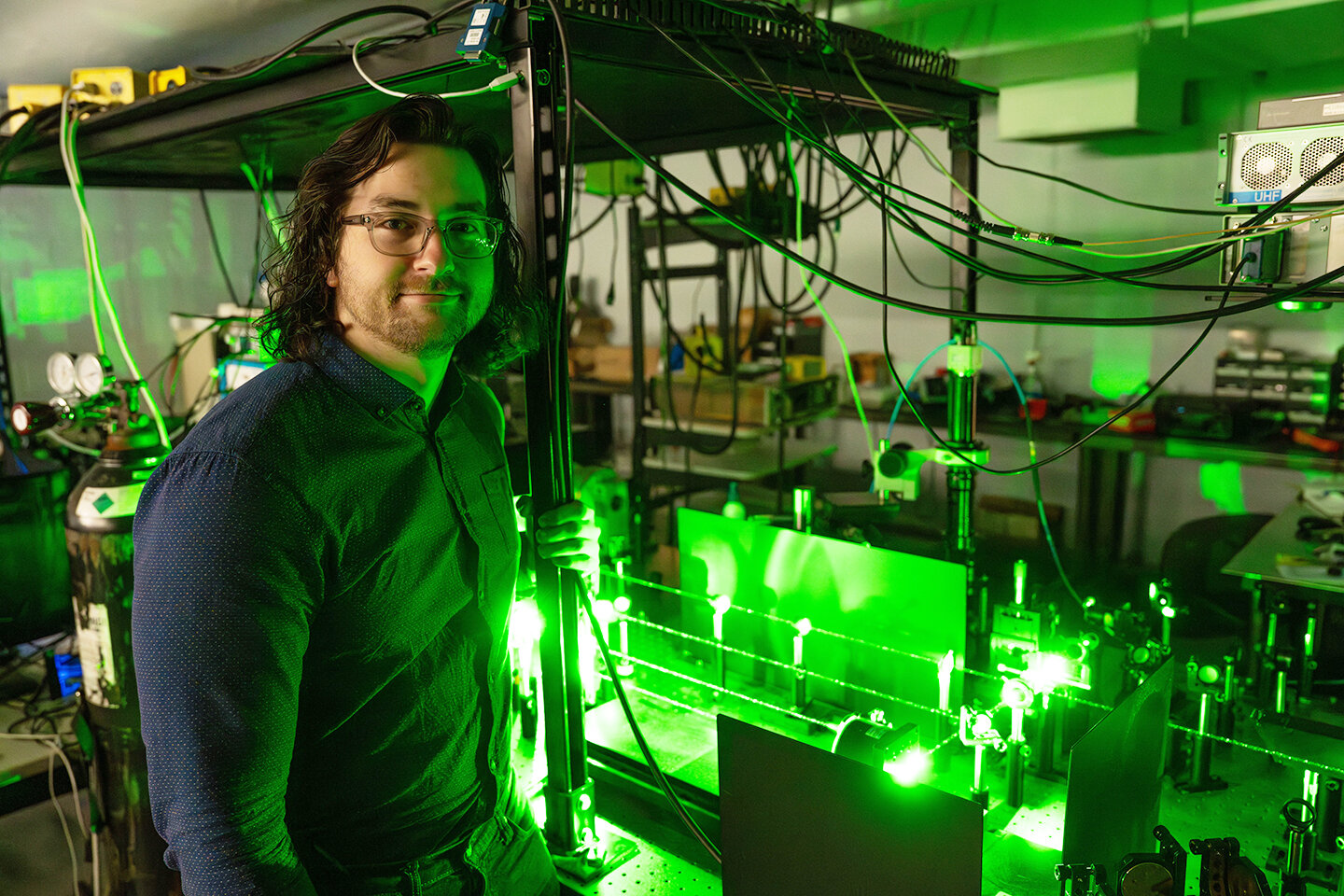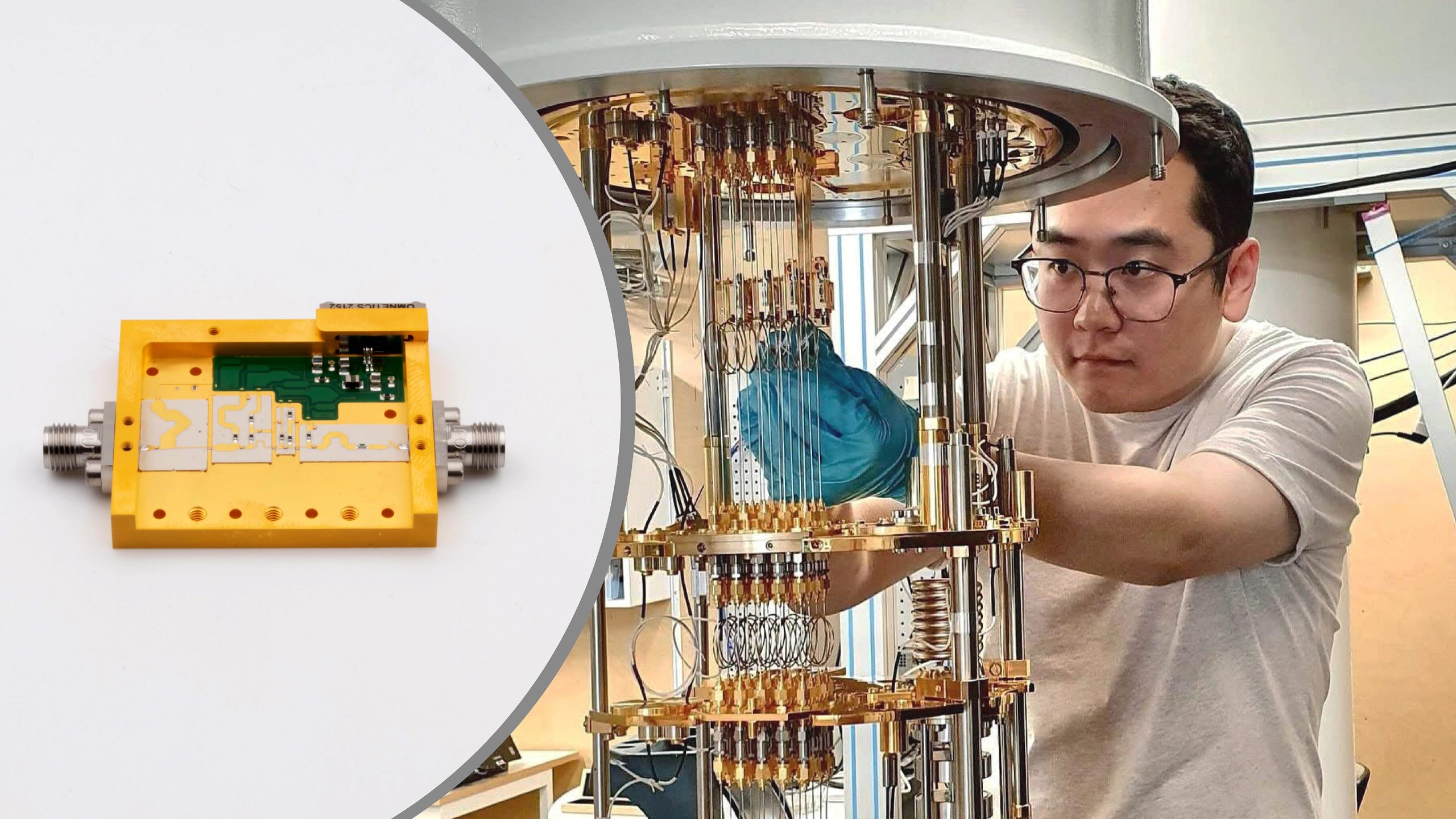Researchers at Chalmers University of Technology in Sweden have developed a highly efficient amplifier that activates only when reading information from qubits. Credit: Chalmers University of Technology | Yin Zeng | Maurizio Toselli
A Groundbreaking Advance in Quantum Technology
Revolutionising Quantum Energy Consumption
A Solution to Quantum Power Demands
Quantum computers depend on amplifiers to detect signals from qubits—the basic units of quantum information. However, traditional amplifiers are power-hungry and inefficient, generating excess heat and requiring substantial energy. This limits the scalability of quantum systems and poses practical challenges.
New Low-Power Quantum Amplifier Unveiled
Scientists have now developed a quantum amplifier that uses 90% less power without compromising signal fidelity. Built using superconducting circuits, this breakthrough maintains high performance while drastically reducing energy demands.
How It Works: Superconducting Circuits to the Rescue
Maintaining Performance With Minimal Energy
Smarter Circuit Design
The new design uses superconducting technologies to amplify signals with unprecedented efficiency. It preserves signal clarity and amplification power, ensuring accurate qubit readouts—an essential requirement for quantum calculations.
Ideal for Scaling Quantum Systems
Reducing power use also cuts down on the cooling required for these systems. With less energy lost as heat, more amplifiers can be packed into a single quantum computer, allowing scientists to scale up qubit arrays for more powerful computations.
Why This Matters: A Step Toward Practical Quantum Machines
Enabling Sustainable Quantum Growth
Bridging the Gap Between Theory and Reality
This innovation moves us closer to scalable and practical quantum computers. By solving a core problem—high energy consumption—engineers are laying the groundwork for widespread adoption of quantum technologies in industries ranging from cryptography to pharmaceuticals.
Accelerating the Quantum Revolution
Lower power use also means reduced infrastructure costs and greater accessibility. It’s a step toward making quantum computing more available to universities, startups, and research institutions globally.
The Future of Quantum Is Brighter—and Cooler
Curious Where Quantum Technology Goes Next?
Discover What’s Ahead
This amplifier is just one example of how quantum research continues to surprise and innovate. As more efficient and powerful components are developed, we inch closer to unlocking the full potential of quantum computing.
Reference: “Pulsed HEMT LNA Operation for Qubit Readout” by Yin Zeng, Jörgen Stenarson, Peter Sobis and Jan Grahn, 17 April 2025, IEEE Transactions on Microwave Theory and Techniques.
DOI: 10.1109/TMTT.2025.3556982
Daily science news 2025, Best science blogs, New science research 2025, Popular science articles, Latest science news 2025, Gadget and tech news today










